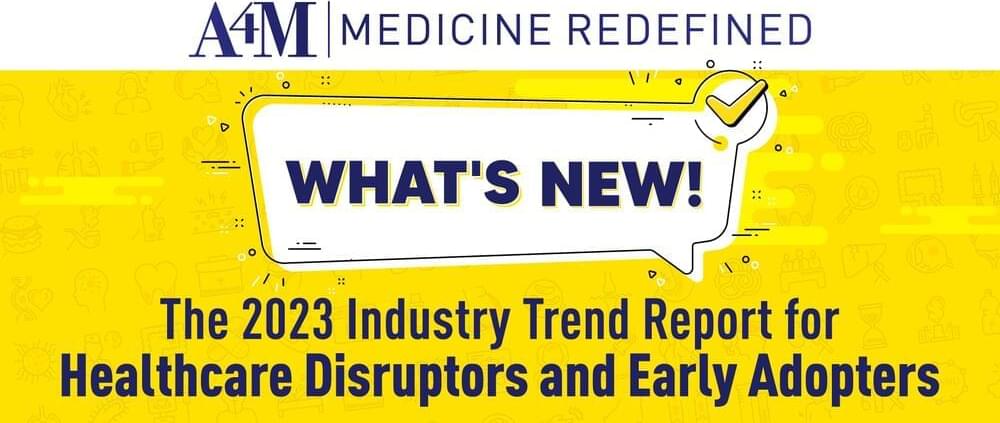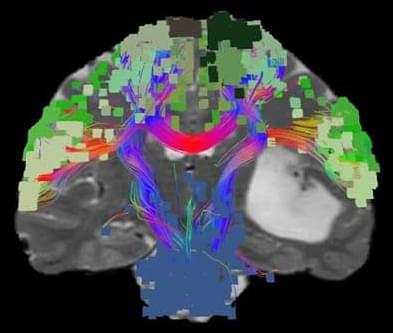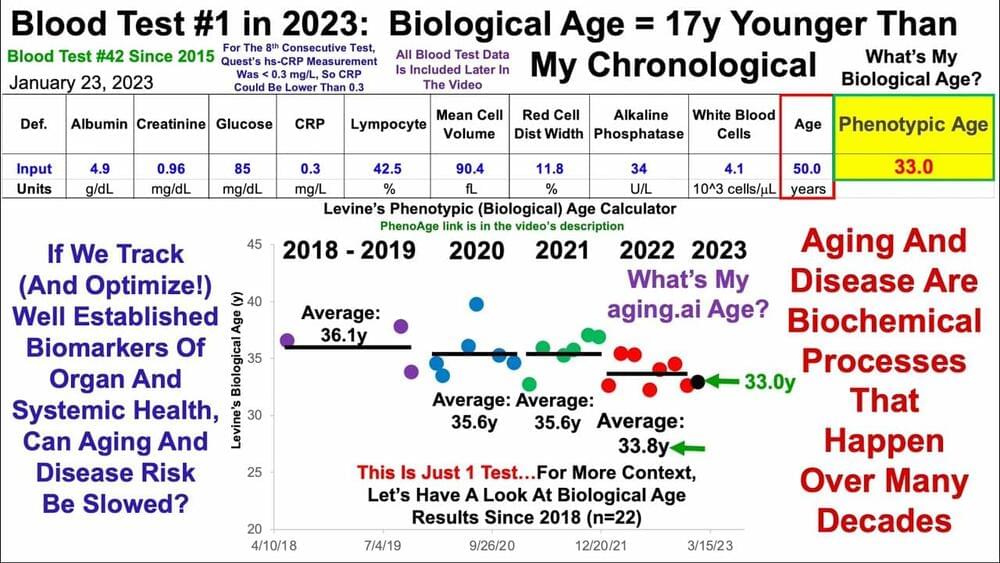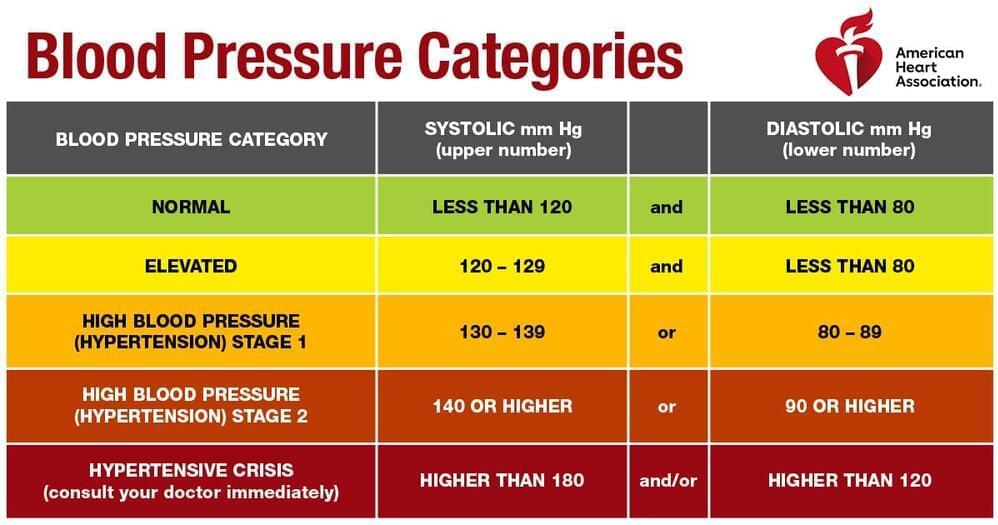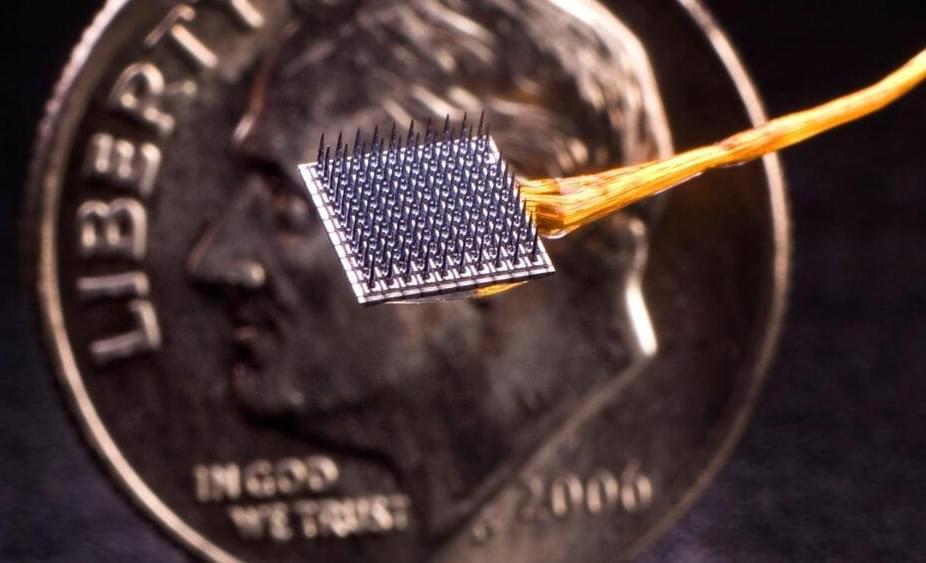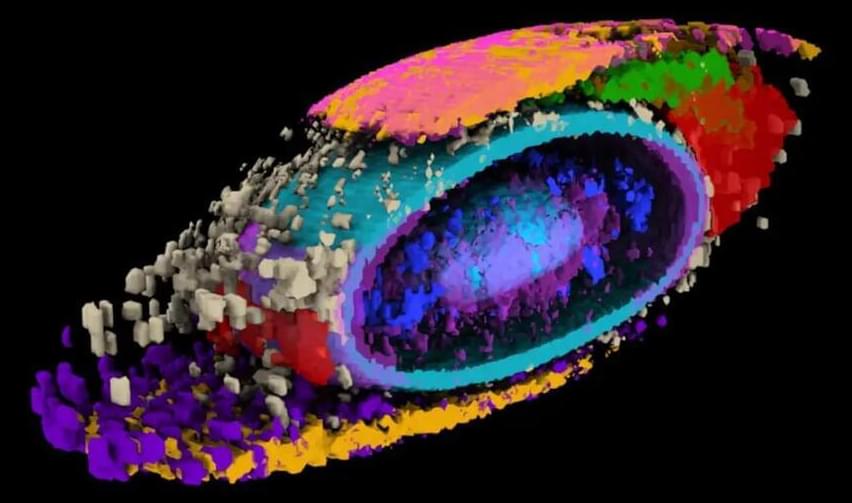Feb 5, 2023
What’s Next?: The 2023 Healthcare Industry Trend Report
Posted by Paul Battista in categories: biotech/medical, neuroscience, robotics/AI
In 2023, the US healthcare industry is again facing several significant challenges, including ongoing high inflation rates, labor shortages, and the persistent impact of the COVID-19 pandemic. Despite continued difficulties, leaders in the space are working to find innovative solutions to improve the current system while looking ahead at the promising future of medicine that appears to have already arrived.
From artificial intelligence-based medicine to breakthroughs in precision neuroscience, we outline key trends expected to shape the healthcare landscape in 2023 and beyond.
The 2023 Trend Report: Impactful Healthcare Innovations to Watch.
